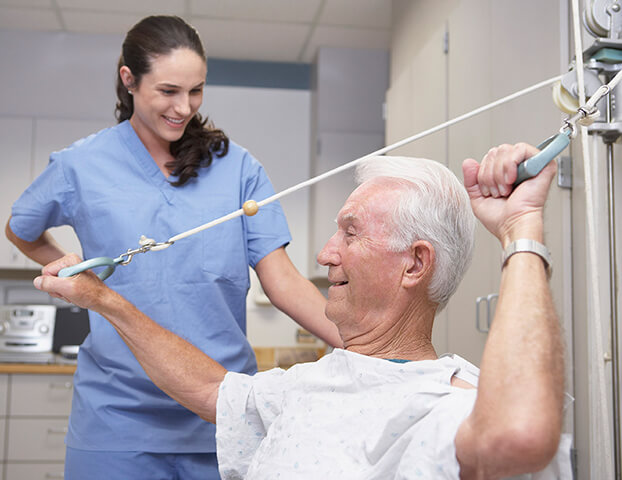Comprehending various Approaches for Bodily Therapy toward Enhanced Rehabilitation as well as Recovery
Comprehending various Approaches for Bodily Therapy toward Enhanced Rehabilitation as well as Recovery
Blog Article
Physiological rehabilitation is an significant aspect of recovery and recovery for a lot of people. This assists patients regain vigor, enhance mobility, and lessen discomfort following injuries or procedures. Various methods to physical treatment, all designed to address the particular needs of clients. Understanding these diverse techniques can assist patients make knowledgeable choices about their recovery path.
One common technique to physiological therapy is hands-on therapy. Such method involves physical therapy by a physiological therapist to adjust muscles and connections. Hands-on therapy can assist relieve soreness, improve vascular health, and boost flexibility. Specialists may employ techniques such as massage, connection movement, and stretching to assist patients heal. This method is often helpful for those with musculoskeletal conditions, such as back soreness or joint inflammation, as it focuses on the bodily aspects of recovery.
Another crucial approach is therapeutic movement. This technique involves specific activities crafted to boost power, balance, and control. Physical practitioners design personalized movement programs based on the individual's status and objectives. Such exercises can range from simple actions to increasingly advanced exercises. Therapeutic physical activity is essential for rebuilding power after an incident and preventing additional problems. This also aids individuals recover self-assurance in their physiological abilities, which is essential for overall rehabilitation.
Water-based rehabilitation is an additional beneficial method that employs liquid to assist in recovery. Such technique takes advantage of the floatation of liquid, which lessens the stress on articulations and allows for easier movement. Patients can perform exercises in a pool, making it a great alternative for those with restricted movement or discomfort. Aquatic therapy can Read Full Report help boost vigor, mobility, and stamina while offering a nurturing environment for recovery. This is notably advantageous for patients healing from procedures or those with chronic pain problems.
In conclusion, knowledge and personal management are essential components of physical treatment. Physiological practitioners not only provide therapy but furthermore teach clients about their conditions and how to cope with them. Such entails understanding body movement, alignment, and the significance of staying involved. With enabling patients with knowledge, specialists assist them take an proactive part in their healing. This method encourages clients to persist their recovery outside care appointments, resulting to better enduring results.
In conclusion, bodily rehabilitation provides various techniques to improve rehabilitation and rehabilitation. Physical rehabilitation, therapeutic movement, water-based therapy, and learning all serve significant functions in assisting individuals recover their power and mobility. All method is tailored to address the unique requirements of patients, guaranteeing a comprehensive technique to recovery. By grasping these various techniques, clients can more effectively navigate their rehabilitation journey and endeavor towards reaching their rehabilitation goals.